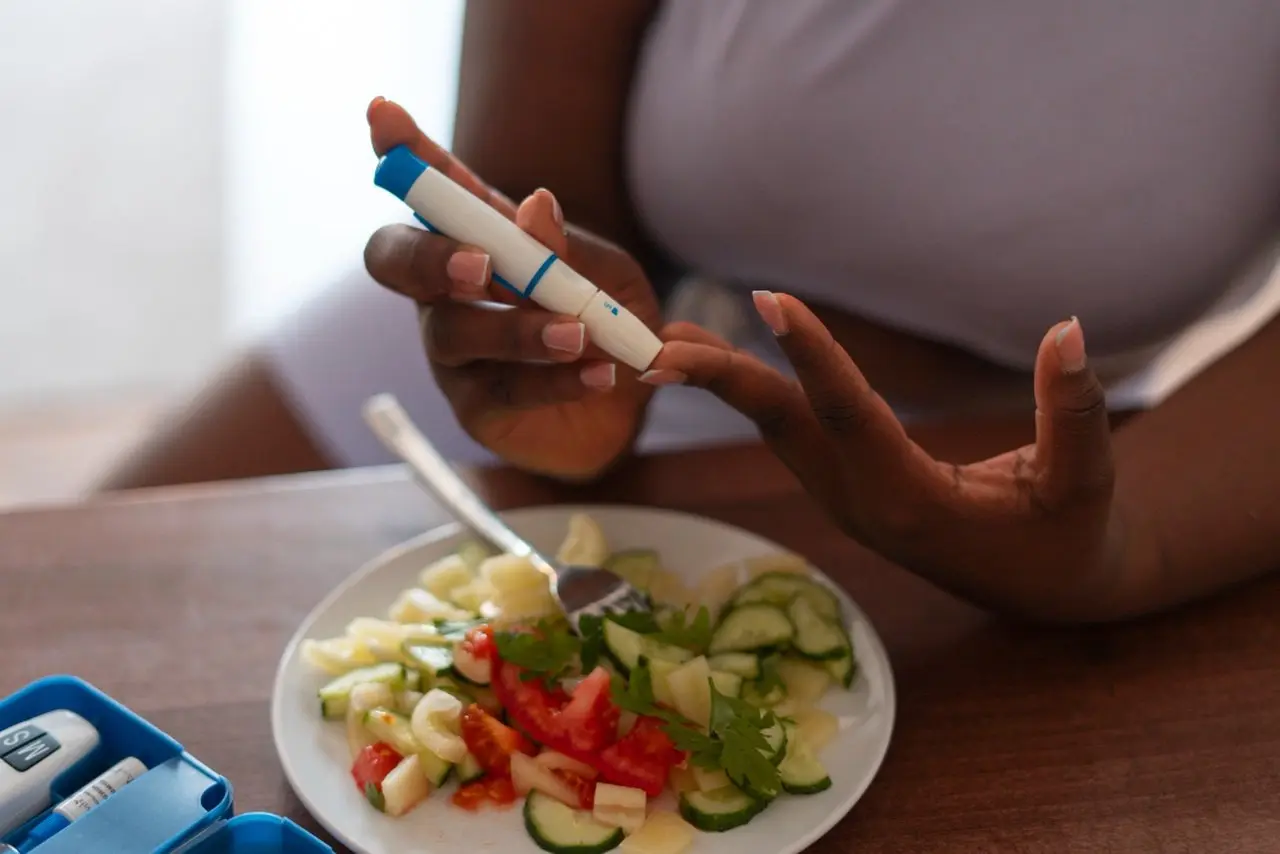views

Maintaining healthy blood sugar levels is crucial for overall health, especially for people with diabetes or prediabetes. After eating, your body breaks down carbohydrates into glucose, which enters your bloodstream and causes your blood sugar levels to rise. But what is considered a normal glucose level after eating, and why does it matter?
In this blog, we’ll break down what post-meal (postprandial) glucose levels should be, what affects them, and how you can manage them effectively.
Why Blood Sugar Rises After Eating
When you eat, especially carbohydrate-rich foods like bread, rice, pasta, fruits, or sweets, your digestive system converts them into glucose. This glucose enters the bloodstream, prompting the pancreas to release insulin—a hormone that helps move glucose from the blood into the cells for energy or storage.
In people without diabetes, insulin works efficiently to keep blood sugar levels within a normal range. However, in those with diabetes or insulin resistance, the body may struggle to manage the surge, leading to higher-than-normal blood sugar after meals.
Normal Glucose Levels After Eating
So, what’s normal?
For Healthy Individuals:
1–2 hours after eating: Blood sugar should be less than 140 mg/dL (7.8 mmol/L)
For People with Diabetes (According to ADA Guidelines):
Before a meal: 80–130 mg/dL (4.4–7.2 mmol/L)
1–2 hours after starting a meal: Less than 180 mg/dL (10.0 mmol/L)
It's important to note that levels can vary slightly depending on the individual, age, activity level, and what was consumed during the meal.
Factors That Influence Post-Meal Blood Sugar
Several elements can influence how high your blood sugar spikes after eating:
1. Type of Food
High glycemic index foods (like white bread, sugary snacks) cause faster spikes.
Low glycemic index foods (like whole grains, vegetables) raise blood sugar more slowly.
2. Meal Composition
Meals that include protein, fiber, and healthy fats can reduce glucose spikes.
A large portion of simple carbohydrates can lead to higher post-meal readings.
3. Physical Activity
Exercise after meals can help lower blood sugar more quickly.
Sedentary behavior can lead to prolonged elevated glucose levels.
4. Stress & Sleep
Stress hormones like cortisol can increase insulin resistance.
Poor sleep affects glucose metabolism, leading to higher readings.
How to Monitor Post-Meal Glucose Levels
If you're managing diabetes or are concerned about your sugar levels, checking blood glucose 1 to 2 hours after meals is helpful. Here’s how:
-
Use a glucometer to test finger-prick blood samples.
-
Continuous Glucose Monitors (CGMs) can track levels in real-time throughout the day.
-
Keep a food and glucose journal to identify patterns and triggers.
Why Post-Meal Glucose Control Matters
Frequent high glucose spikes after eating can:
-
Damage blood vessels and nerves over time
-
Increase the risk of cardiovascular disease
-
Lead to insulin resistance or worsen existing diabetes
-
Cause symptoms like fatigue, thirst, and frequent urination
Managing post-meal levels helps reduce long-term complications and improves daily energy and mood.
Tips to Maintain Normal Glucose Levels After Eating
Here are some science-backed tips to help regulate your blood sugar:
-
Choose complex carbs: Whole grains, legumes, and vegetables break down slowly.
-
Add fiber: It slows glucose absorption—think chia seeds, oats, and beans.
-
Don’t skip protein: Include eggs, paneer, chicken, tofu, or nuts with every meal.
-
Watch portion sizes: Even healthy foods can spike glucose if eaten in excess.
-
Stay active: A short walk after eating can significantly reduce sugar spikes.
-
Stay hydrated: Water helps kidneys flush out excess sugar through urine.
Final Thoughts
Understanding what normal glucose levels after eating look like is a key step in managing your overall health, whether or not you have diabetes. Regular monitoring, healthy food choices, and active living are powerful tools for keeping blood sugar in check.
If you're consistently noticing high readings after meals, it’s a good idea to consult your doctor or a diabetes educator for guidance and possibly adjust your diet or medication.



Comments
0 comment